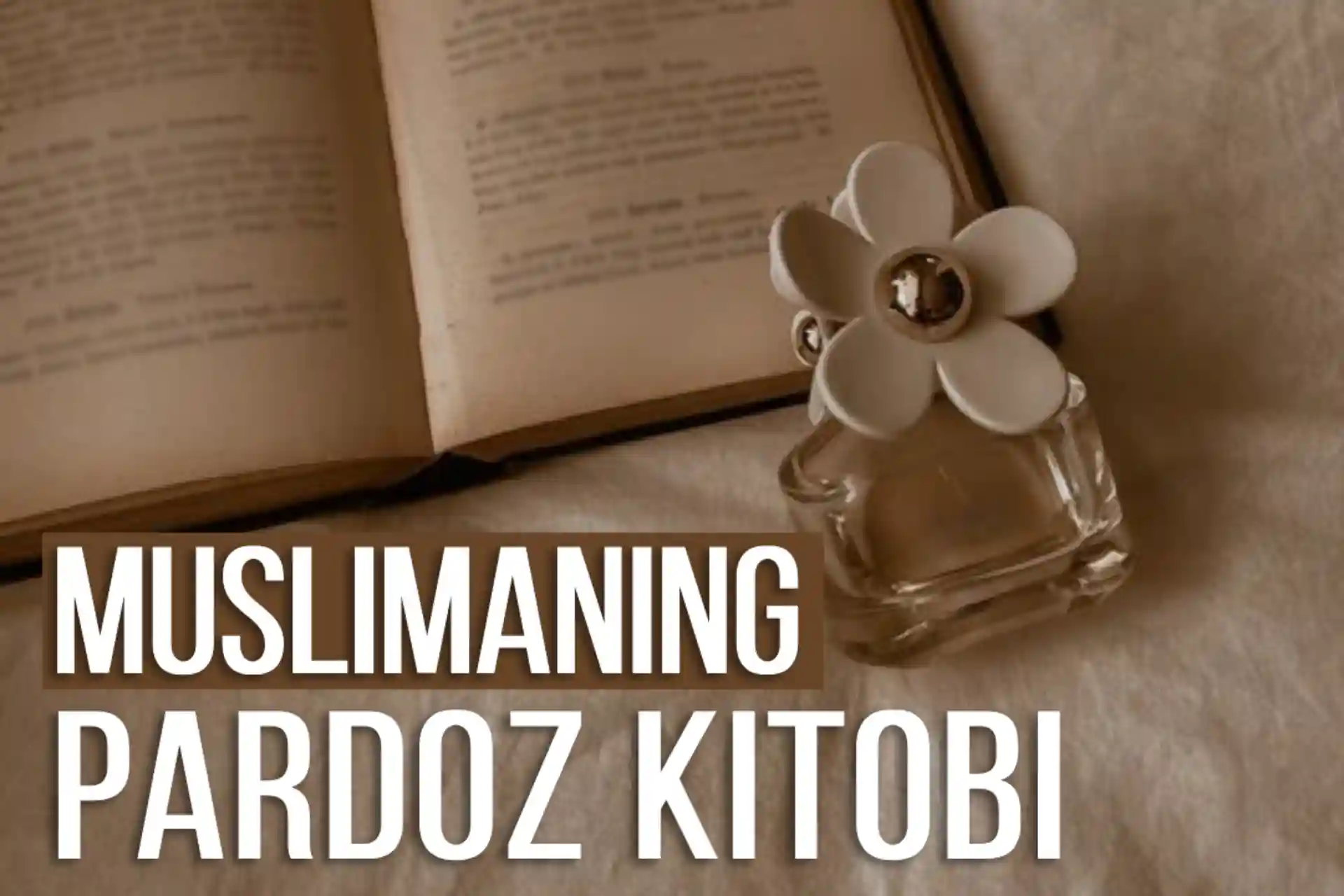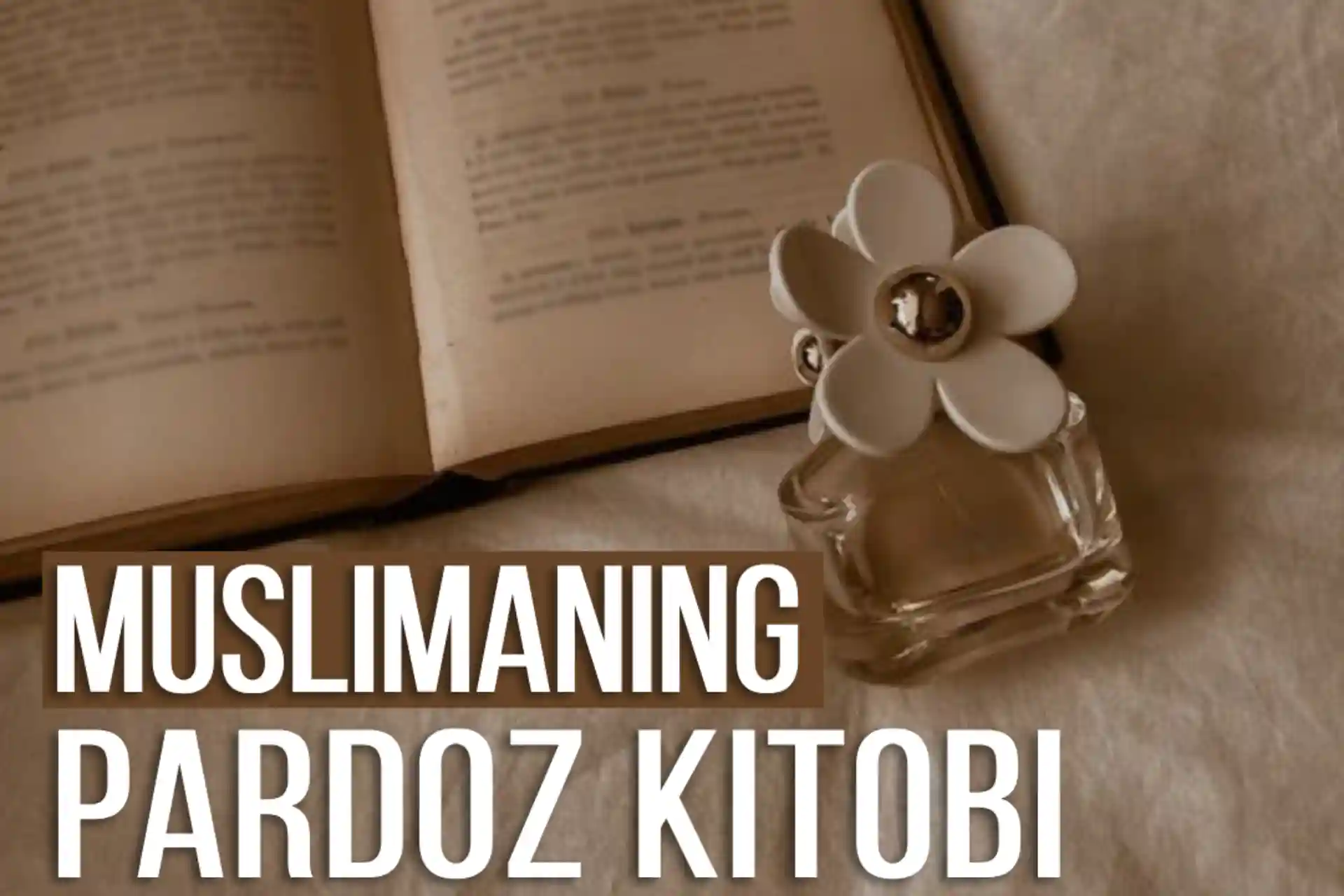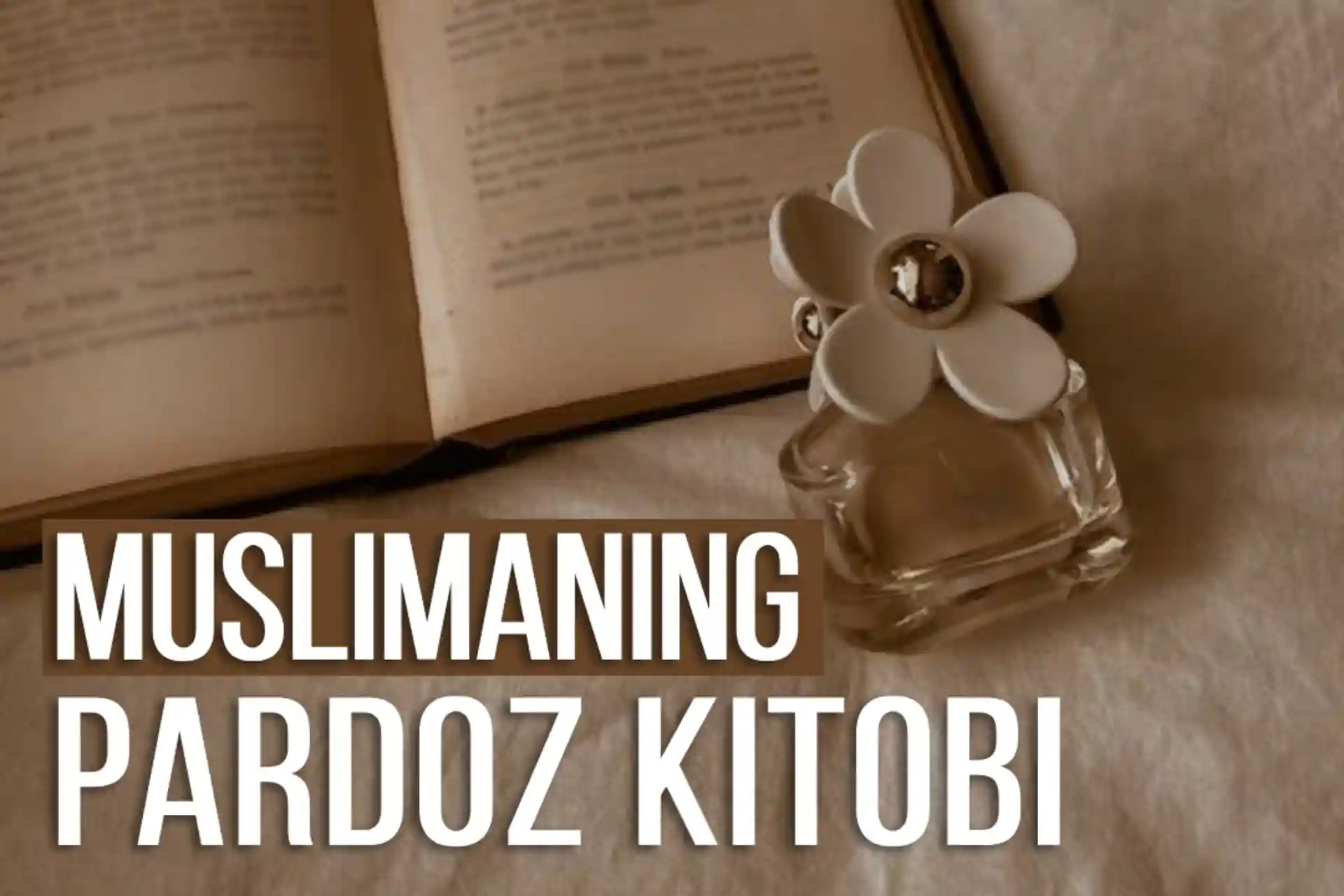"The Muslim Woman's Makeup Book" (Part 3)
Women in the early Islamic period were already as sophisticated as women today in their attention to their beauty. It had reached such a point that there was hardly a woman who was not inspired by the odes addressed to the women who surrounded her.
Women discovered cosmetics for themselves in ancient times, grinding pomegranate peels into powder and using it as a scrub to cleanse the skin. Their most common dye was henna, which they used to color their hands and feet, nails, and hair.
One of the main cosmetic products that women have used since ancient times is perfume. In particular, women used perfumes widely even in the age of the Prophet. Perfumes were mainly obtained from fragrant plants, and some of their samples are still preserved in museums today. These perfumes were a pleasant gift for people, and they were poured into ornate copper vessels decorated with gold or silver.
If we look at the jurisprudential works of the era of the emirs and kings, we can read about women's obsession with braiding their hair. Women were interested in braiding their hair, as described in the tales of "A Thousand and One Nights", and braided it like a scythe. They would tie three black silk ribbons to each braid and hang them. Some would also decorate it with gold and silver coins and simple stones. This was a common hair ornament among our grandmothers. This ornament, called "sochpopuk", was made of black thread, decorated with the above tools and secured by sewing it onto a finely braided hair braid or fastening it with a button. At first glance, you can tell that it is not hair, but a simple ornament.
The clothes and adornments of young girls were different from those of older women. For example, young girls wore earrings from the top of their ears to the bottom of their ankles, anklets on their ankles, silver bracelets on their wrists, and gold rings on their fingers. They wore wide-cut tunics made of black, sometimes dark blue, cloth, embroidered with yellow or gold thread.
During the Ottoman period, women wore a dress called a "qaba." A qaba is a garment with a high collar, a hem that is sewn at the end, and is slightly open to show only the legs, and is worn with a seam left at the side. Later, women began to wear dresses made of movut fabric, which was only characteristic of the upper class.



